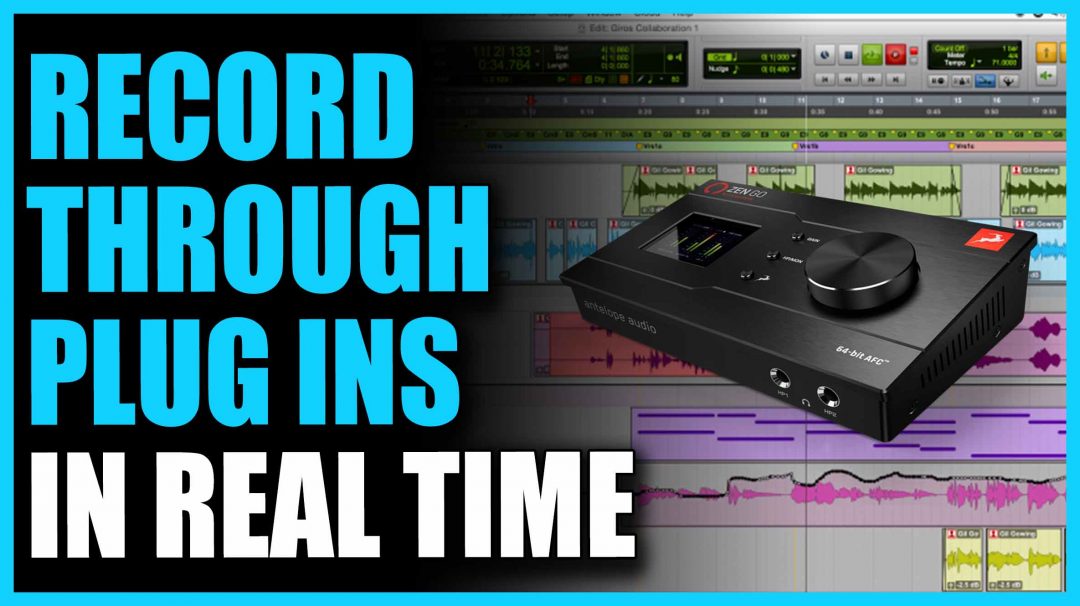Onboard DSP is how Antelope Audio – a European audio manufacturer with a history in mastering-grade clocking and conversion – made its mark in the audio interface market. The company also gained a reputation for shoe-horning enormous amounts of inputs and outputs into regular-sized interfaces. The flagship Galaxy 64 Synergy Core interface offers 64 channels of analogue I/O and 324 channels (!) of digital I/O each way in a 2U rack unit. My Zen Tour desktop interface also hides a deceptively large I/O count of 32 ins and outs. Antelope’s philosophy seems to be “extra inputs are never a bad thing”.
With its new Zen Go, Antelope Audio has kept the vital onboard DSP ingredient while embracing a minimal approach to I/O, resulting in the company’s smallest interface yet.
The Zen Go looks like the perfect miniature offspring of my Zen Tour – more petite but equally sturdy and similar aesthetics. Its design is largely borrowed from the chunkier sibling, including the screen on the left, Gain/Headphone/Antelope buttons in the middle, and large stepped multi-function knob on the right. One key difference, apart from fewer inputs and outputs, is the Zen Go’s screen doesn’t respond to touch.
A nifty trick up Zen Go’s sleeve is you can plug a phone charger or power bank into it and it’ll pass audio without a computer. Another cool feature is a loopback circuit which lets you route the output of a monitoring mix (live inputs and all) back into the computer for applications like live streaming.
Inside Zen Go’s palm-sized chassis lie two chips – one DSP and one FPGA. This combination forms the basis of ‘Synergy Core’, Antelope’s onboard processing platform. Synergy Core combines the strengths of both types of processing (hence ‘Synergy’) to power a growing suite of Antelope’s analogue-modelled effects at nearly zero latency. The two chips onboard Zen Go can reportedly process up to 32 simultaneous instances of effects.
What’s exciting about Synergy Core is the potential for growth, not least through collaboration with third-party plug-ins. Already Antares has teamed up with Antelope Audio to create Auto-Tune Synergy, and Inertia Sound Systems has developed the creative Instinct Synergy modulation effect. Then there’s Overloud which helped create authentic emulations for guitarists. New emulations of desirable processors from the past fill Antelope’s software store at a steadily increasing rate. As the library of Synergy Core-powered effects expands, Antelope’s DSP-capable interfaces like the Zen Go represent more and more value.
Accessibility and portability are Zen Go’s selling points — the first because of its price point, and the second because it’ll slip straight into a shoulder bag. Antelope Audio must have known the world needed a pocket-sized DSP-loaded interface!
SEE ALSO: Softube Saturation Knob
SEE ALSO: DEXED VST
SEE ALSO: ASCAP VS BMI
Watch the video below to learn more about Zen Go!
